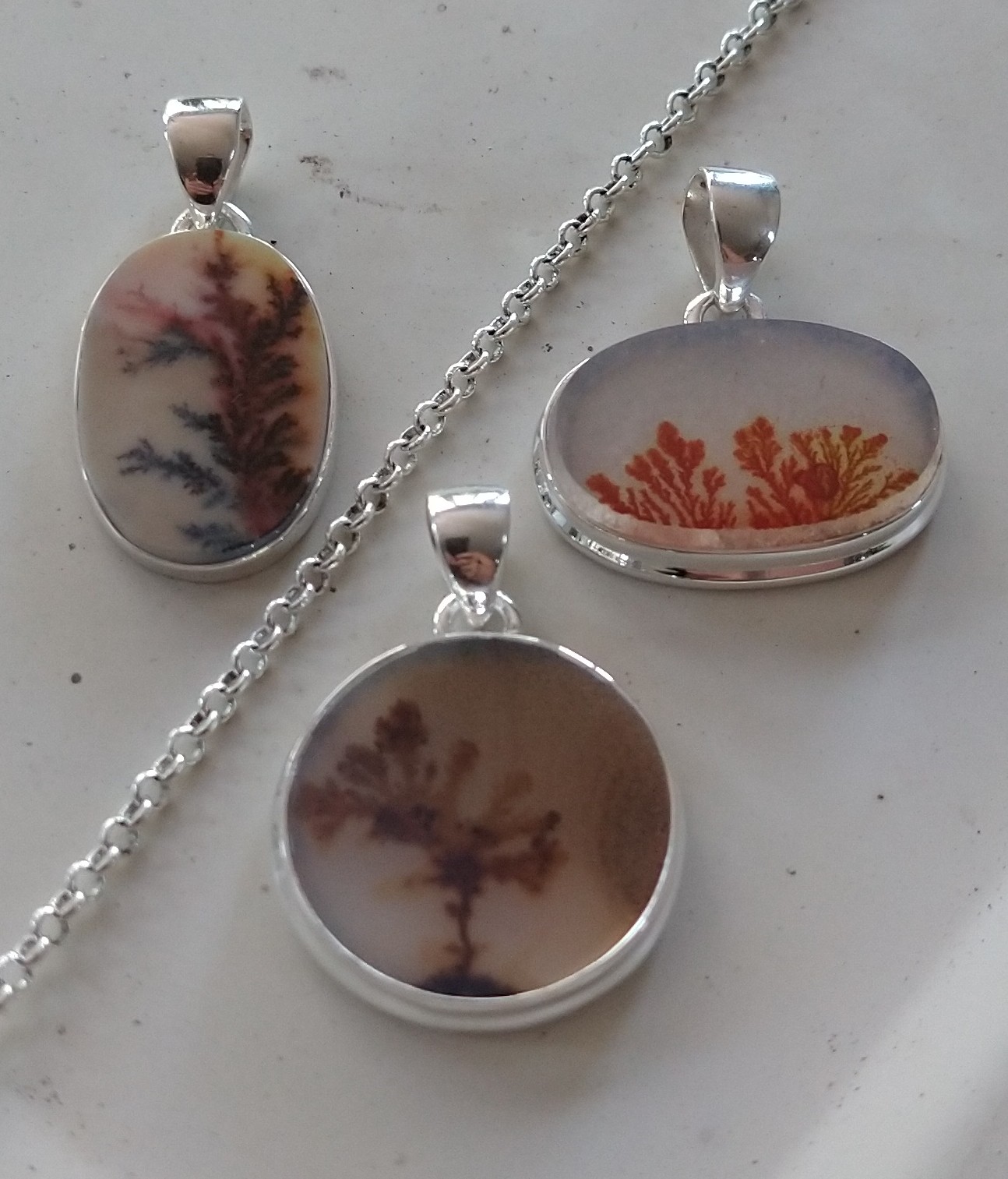

Significant amount of research work in the literature is dedicated to the relation of these spacings to the process variables of directional solidification. The spacings are linked to the mechanical behavior of the final parts and relate solidification conditions, such as the local temperature gradient and the solidification rate. The microstructure of directionally solidified single-crystal materials is usually characterized by the primary and secondary dendrite arm spacings. The final parts as well as the microstructure and mechanical properties result from the directional solidification of the metallic melt within the given casting geometry. Quite often, these turbine blades are manufactured as single crystals by the Bridgman process. All these effects have beneficial impact on the efficiency of flight engines. In addition to weight savings, thinner structures are beneficial for aerodynamics and cooling. The wall thickness on the trailing edge of a turbine blade currently goes down to 0.2 mm. Over the last years, complex cooling channels inside hollow turbine blades as well as their trailing edges became increasingly thinner.

While the spacing of two dendritic cores sitting aside each other ( y-direction) remains at the bulk value, the spacing of two dendritic cores sitting in line with the interface normal ( x-direction) is significantly reduced. Within this boundary zone, the primary dendrite arm spacing is anisotropic. The slight decrease in primary dendrite arm spacing relates to an ≈ 0.2 mm wide boundary zone next to the ceramic mold/cast metal interface that is not only present in the thin-walled specimens, but also within cylindrical single-crystal specimens.

It is found that the average primary dendrite arm spacing decreases slightly with decreasing wall thickness, whereas the secondary dendrite arm spacing is relatively independent of the cast wall thickness. Thin-walled specimens with wall thicknesses of 0.4, 0.8, 1, and 2 mm are compared with conventional cast single-crystal cylindrical specimens with a diameter of 15 mm of the nickel-based superalloy MAR M247LC. The influence of the withdrawal rate and wall thickness on the primary and secondary dendrite arm spacings of single-crystal specimens manufactured by the Bridgman process is investigated.


 0 kommentar(er)
0 kommentar(er)
